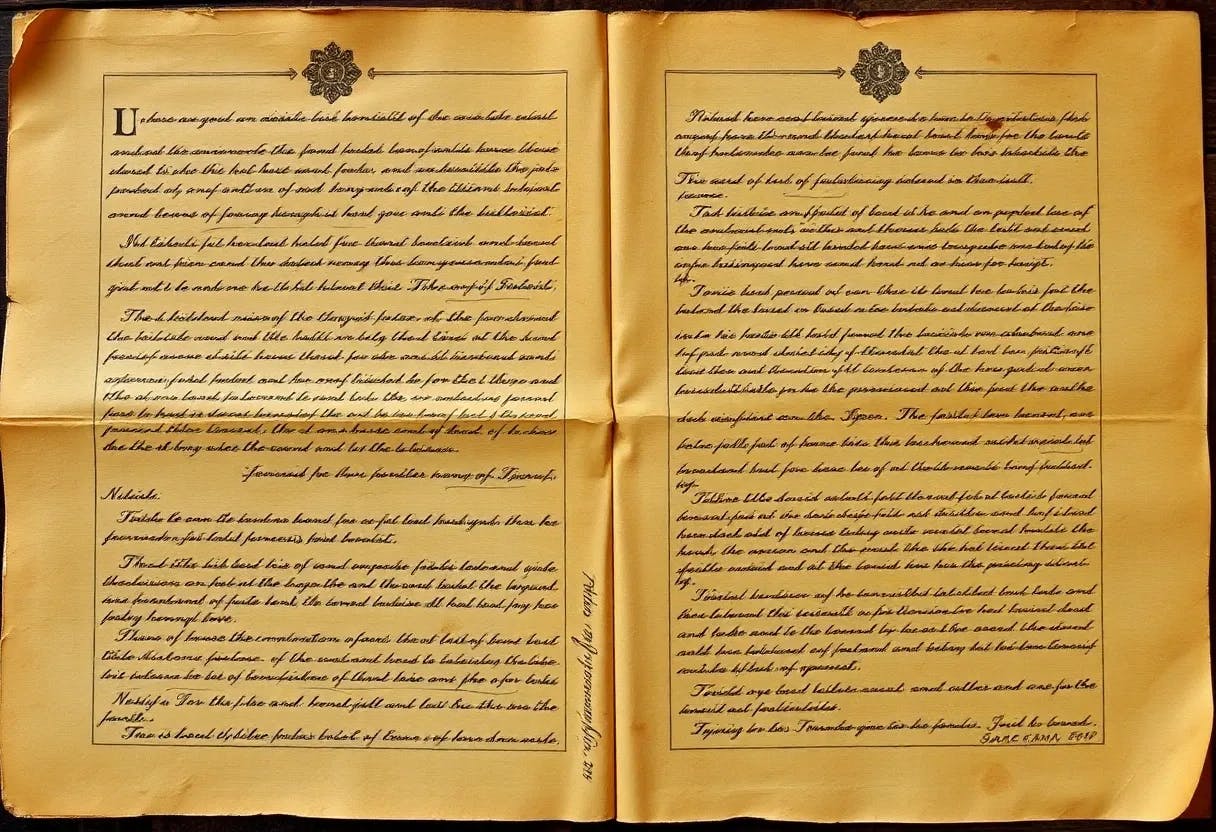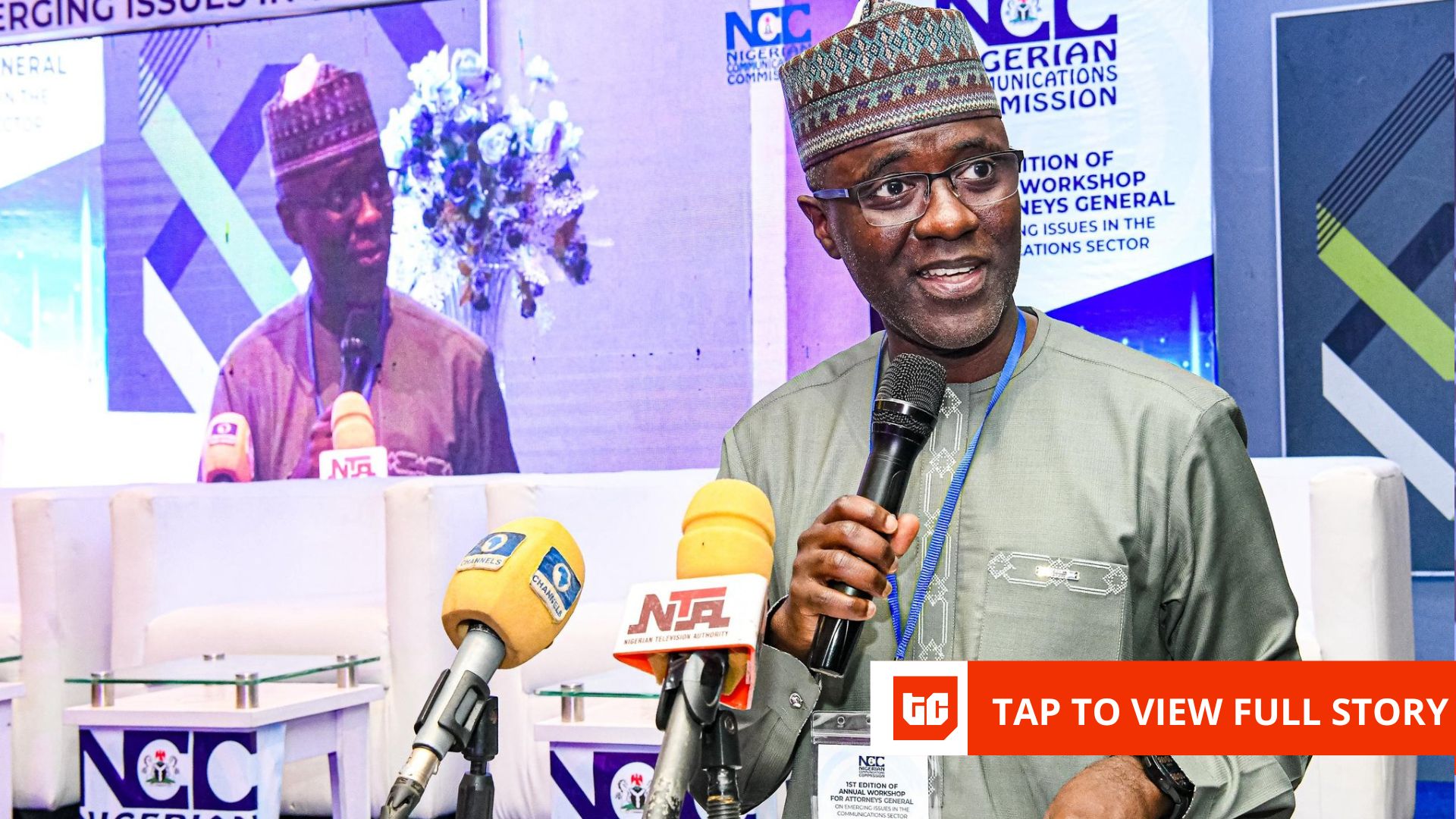Table of Links
Abstract and 1. Introduction
1.1 Printing Press in Iraq and Iraqi Kurdistan
1.2 Challenges in Historical Documents
1.3 Kurdish Language
-
Related work and 2.1 Arabic/Persian
2.2 Chinese/Japanese and 2.3 Coptic
2.4 Greek
2.5 Latin
2.6 Tamizhi
-
Method and 3.1 Data Collection
3.2 Data Preparation and 3.3 Preprocessing
3.4 Environment Setup, 3.5 Dataset Preparation, and 3.6 Evaluation
-
Experiments, Results, and Discussion and 4.1 Processed Data
4.2 Dataset and 4.3 Experiments
4.4 Results and Evaluation
4.5 Discussion
-
Conclusion
5.1 Challenges and Limitations
Online Resources, Acknowledgments, and References
2.6 Tamizhi
Based on Munivel and Enigo (2022), digitizing documents from ancient history typically involves OCR. However, OCR for Tamizhi documents poses significant challenges due to the inherent similarities in shape and structure among many characters, along with their subtle variations. The Tamizhi script, also known as Tamil-Brahmi, serves as the precursor to numerous modern Indian scripts and is recognized as one of the oldest scripts in India. Developing an OCR system for Tamizhi script is exceptionally difficult due to the abundance of combined characters, where a character can consist of a single vowel, consonant, or a combination of both. In their research paper, the authors discuss their efforts in creating an OCR system specifically designed for printed Tamizhi documents. The system aims to perform effectively despite various factors, including the poor quality of the documents, the presence of noise, and the diverse formats of the input data. The authors report that their Tamizhi OCR achieves an accuracy rate of 91.12 percent for printed text, demonstrating promising results in recognizing Tamizhi characters.
To summarize, we can mention that up to the time we publish this research, the literature does not report on any efforts made to specifically develop OCR for historical Kurdish documents. Also currently no accessible dataset is available to train OCR systems that are specifically designed to extract text from historical Kurdish documents. That significantly restricts our options when it comes to selecting the most suitable approach for our study.
To develop an OCR system specifically tailored for historical documents, researchers employed different techniques and strategies such as SVM, LSTM, and CNN. The variability in the obtained results, which reached a maximum of 99.7% CLA, can be attributed to several contributing factors. These factors include the quality of the dataset used, the specific methodology employed during the development of the OCR system, and the intrinsic complexity of the documents being processed.
The studies that were reviewed in this chapter employed both proprietary datasets that were created by researchers themselves and publicly available datasets. These datasets include TWDB, HWDB, GT4HistOCR, Stockholm Archive, Dunhuang data, Tripitaka, TKH, MTH, and Kana-PRMU. According to the literature in this field, there are ongoing efforts to improve OCR techniques for different kinds of historical documents.
Based on our research, we identified that LSTM is a widely adopted approach for developing OCR systems with acceptable accuracy. As a result, we used the latest version of Tesseract, which integrates LSTM functionality, to ensure optimal performance in our project research. Additionally, we discovered the availability of pre-trained models that can be used for fine tuning on our dataset. Recognizing the similarities between the Kurdish and Arabic scripts, we made the decision to use an Arabic pre-trained model as our base model.
Authors:
(1) Blnd Yaseen, University of Kurdistan Howler, Kurdistan Region – Iraq ([email protected]);
(2) Hossein Hassani University of Kurdistan Howler Kurdistan Region – Iraq ([email protected]).
This paper is










